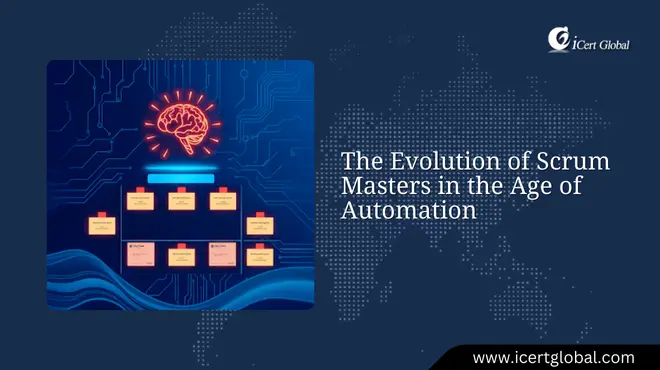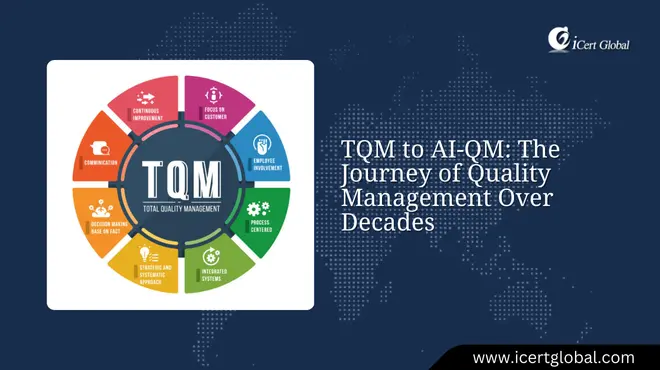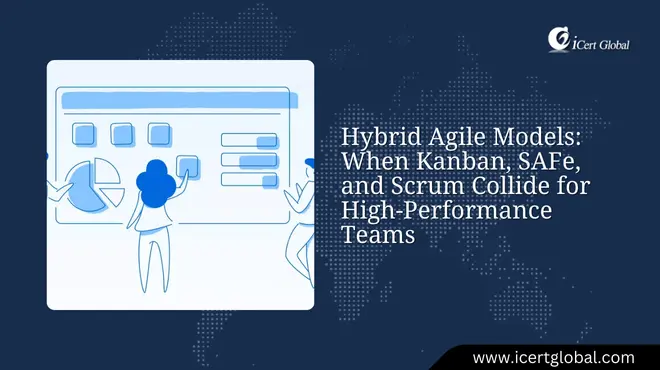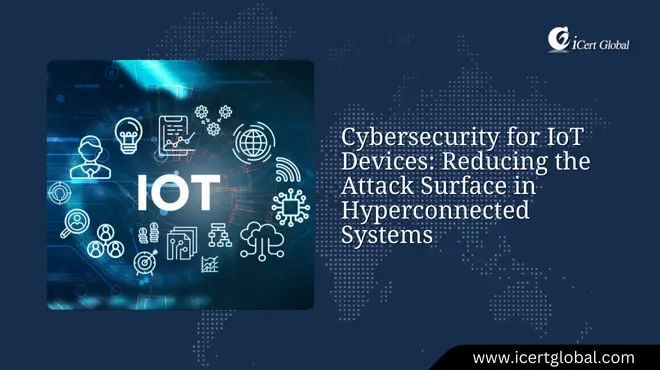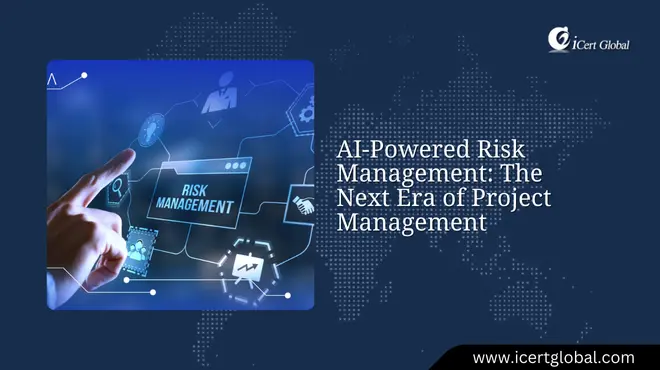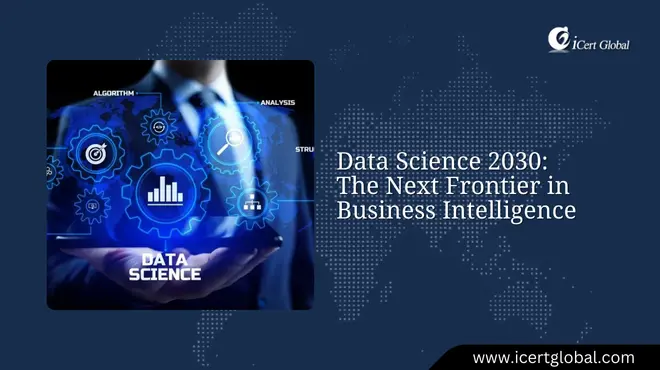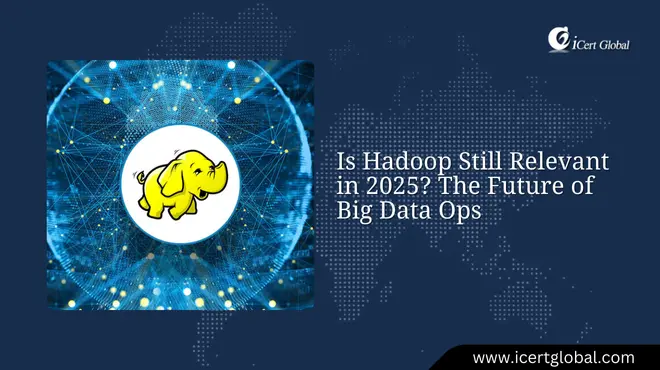Latest Articles
Architecting for Scale: AWS Best Practices Beyond the Basics
An astounding 88% of businesses report that cloud technology is either a "critical" or "very important&qu...
The Evolution of Scrum Masters in the Age of Automation
McKinsey & Company recently discovered that as much as 50% of today's work tasks might be automated by 2030. It&...
TQM to AI-QM: The Journey of Quality Management Over Decades
In spite of several decades' worth of quality management development, a recent American Society for Quality (ASQ) su...
Mastering Gantt Charts: Visualizing and Controlling Complex Project Timelines
A recent analysis discovered that only 2.5% of firms successfully finish 100% of their projects, a shocking number that ...
Hybrid Agile Models: When Kanban, SAFe, and Scrum Collide for High-Performance Teams
By blending Scrum’s structure with Kanban’s flexibility, hybrid models like Scrumban show how Agile practice...
Quantum Computing for Business Analytics: Solving Operations at Lightning Speed
Business analysts are not only interpreting trends but also preparing to leverage quantum computing, which promises to a...
Cybersecurity for IoT Devices: Reducing the Attack Surface in Hyperconnected Systems
In today’s hyperconnected systems, where IoT devices can quickly become weak links, making computer security your ...
Comparing Next-Gen Project Management Tools: Trello vs. Asana vs. Smartsheet
Mastering project management steps and methods is essential, but tools like Trello, Asana, and Smartsheet bring those fr...
AWS in 2025: The Future of Cloud-Native Innovation
In 2025, AWS is proving that cloud storage is not only essential for today’s businesses but also the gateway to fu...
AI-Powered Risk Management: The Next Era of Project Management
A starting figure from a recent survey revealed that only 13% of organizations believe they are very good at controlling...
Data Science 2030: The Next Frontier in Business Intelligence
What data scientists do today—analyzing patterns and predicting outcomes—lays the foundation for the advance...
Is Hadoop Still Relevant in 2025? The Future of Big Data Ops
As big data operations evolve, grasping the fundamentals of data processing remains a key skill for professionals in the...
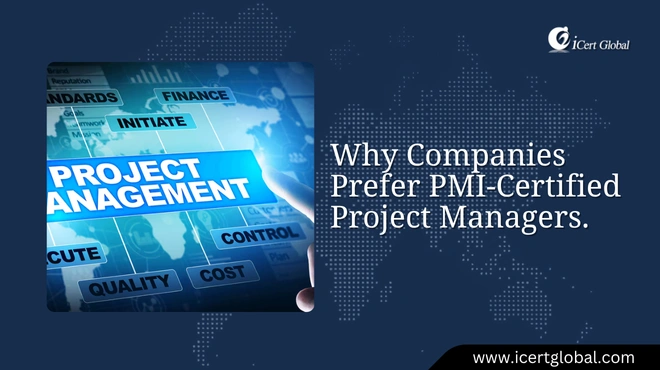

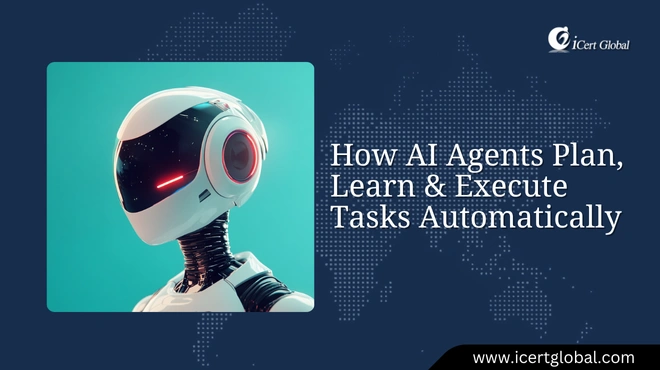
.jpg)



